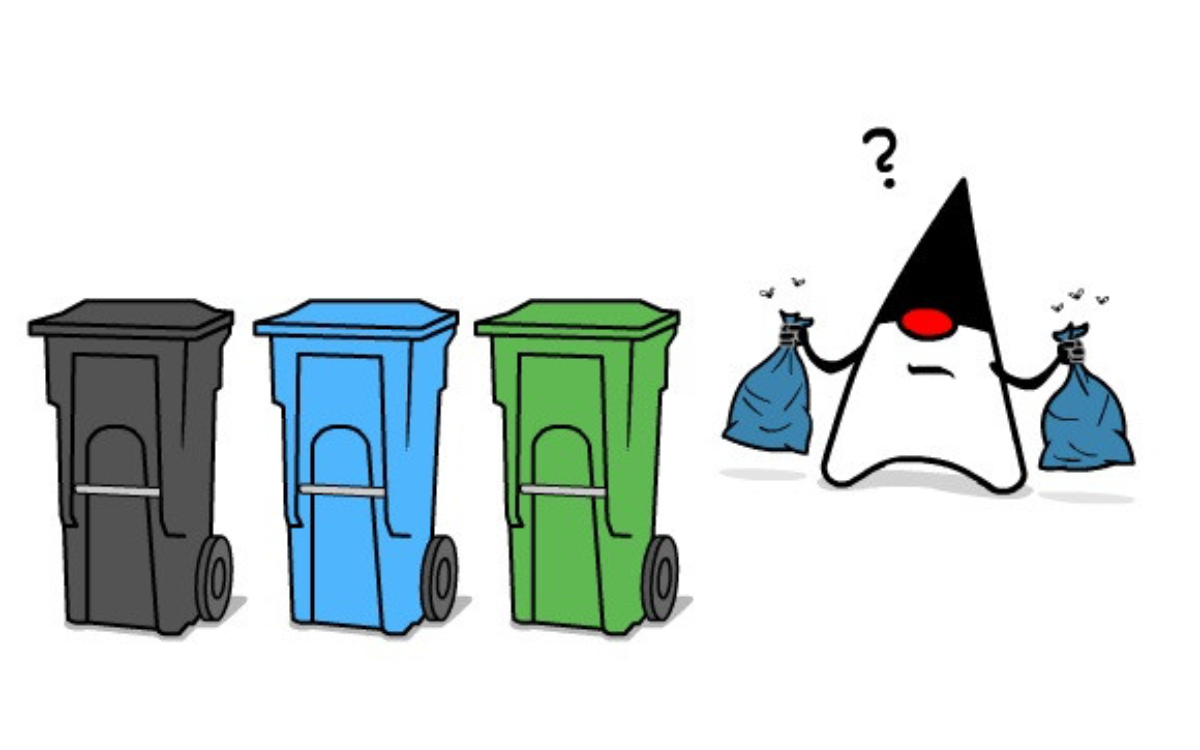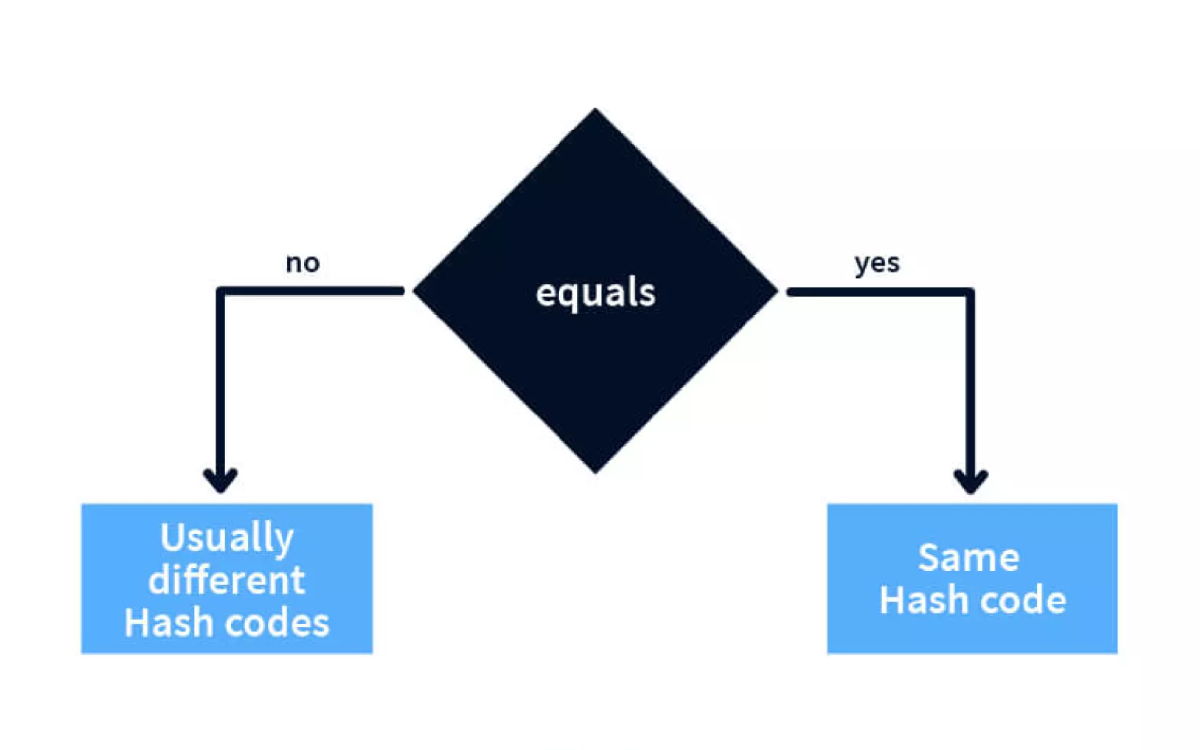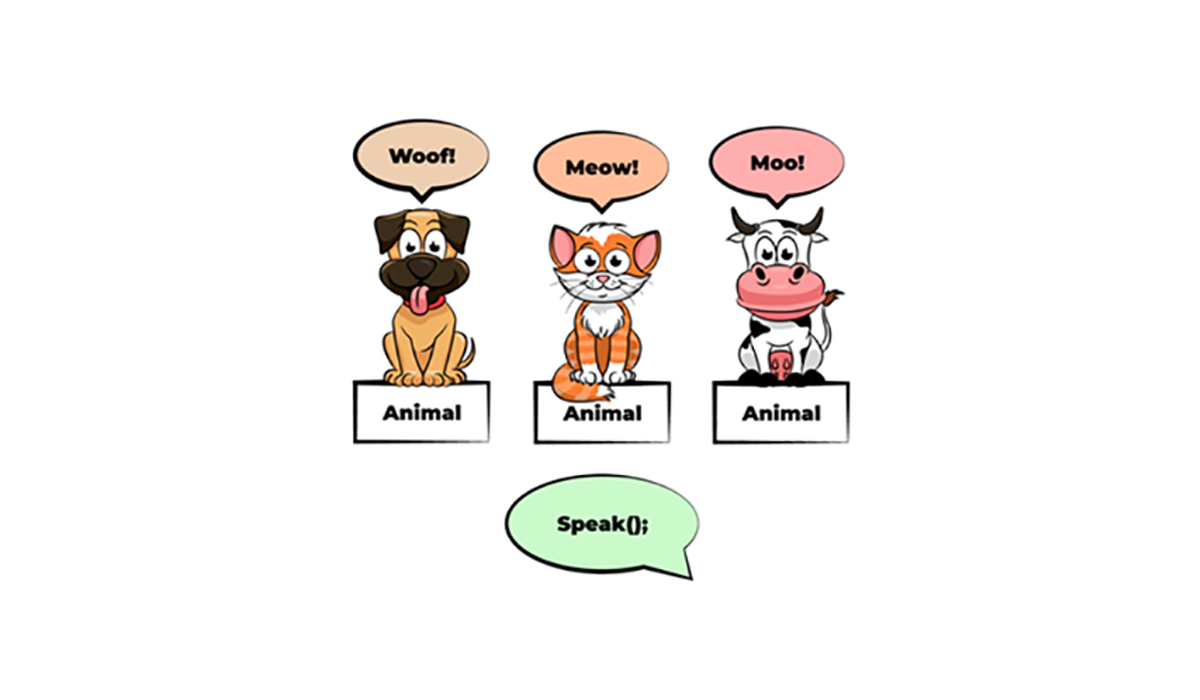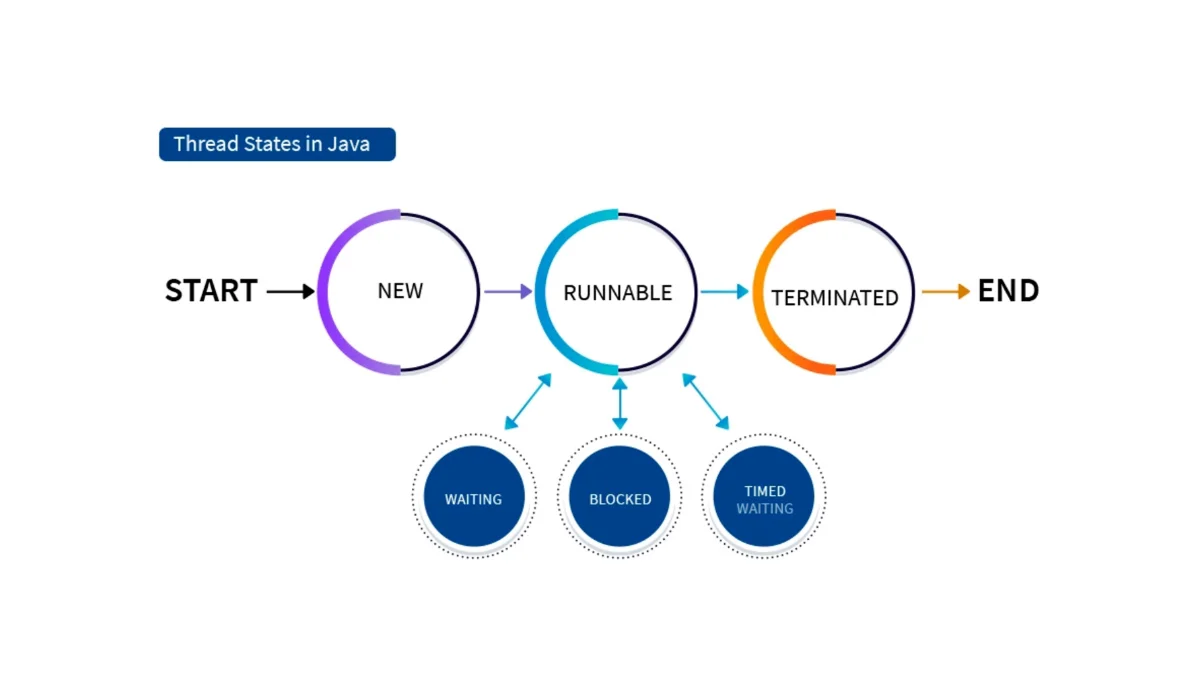Java, one of the most popular programming languages in the world, is renowned for its portability, security, and robustness. A critical component that enables these qualities is Java’s automatic memory management system, known as garbage collection (GC). In this article, we will explore the fundamentals of Java garbage collection, its importance, and how it works to help developers write efficient and reliable code.
The Challenge of Memory Management
In many programming languages, developers must manually allocate and deallocate memory for their programs. Forgetting to free up memory can lead to memory leaks, which can degrade performance and, in some cases, crash the application. On the other hand, freeing up memory too early can result in “dangling references” or accessing memory that is no longer valid, leading to unpredictable behavior and crashes.
Java takes a different approach by handling memory management automatically through a process called garbage collection. This allows developers to focus on writing code rather than worrying about memory allocation and deallocation.
How Garbage Collection works?
- Object Creation
- In Java, objects are created using the
newkeyword. When an object is created, memory is allocated from the heap to store its data and methods.
- In Java, objects are created using the
- Reference Counting
- Each object is tracked by the JVM through references. A reference is essentially a pointer to an object. When an object is no longer reachable from any references, it becomes eligible for garbage collection. This means that if there are no references pointing to an object, it can be considered “garbage.”
- The Garbage Collector
- Java’s garbage collector is responsible for identifying and reclaiming memory occupied by unreachable objects. It operates in the background, periodically scanning the heap for objects that are no longer accessible.
- Mark and Sweep
- The garbage collector uses a mark-and-sweep algorithm to identify and remove unreachable objects. It first marks all reachable objects by tracing references from the root of the object graph (typically the main method) and then sweeps through the heap, deallocating memory occupied by unmarked (garbage) objects.
- Compact
- Some garbage collectors, like the G1 Garbage Collector, go a step further by compacting the memory after identifying and removing garbage. This helps reduce memory fragmentation and can lead to more efficient memory usage.
Garbage Collection Algorithms
Java offers different garbage collection algorithms, each designed for specific use cases.
- Serial Garbage Collector
- Suitable for single-threaded applications with small to moderate-sized heaps.
- Parallel Garbage Collector
- Designed for multi-threaded applications and is optimized for throughput.
- Concurrent Mark-Sweep ( CMS ) Collector
- Minimizes application pause times by performing most of the work concurrently with the application threads.
- G1 Garbage Collector
- A more advanced collector that aims to provide high throughput with low latency by dividing the heap into regions.
Choosing the right garbage collector depends on the specific requirements of your application, such as response time, throughput, and available system resources.
Benefits of Garbage Collection
- Simplified memory management
- Developers are relieved from managing memory manually, reducing the likelihood of memory-related bugs.
- Automatic Memory Reclamation
- Garbage collection ensures that memory is automatically released when it is no longer needed, preventing memory leaks.
- Enhanced Application Reliability
- By preventing memory-related errors, Java applications become more reliable and stable.
- Scalability
- Garbage collection allows Java applications to run on various hardware and scales easily.
Challenges and Considerations
While garbage collection is a powerful feature in Java, it’s not without its challenges. Application performance can be affected if garbage collection is not tuned correctly, leading to noticeable pauses. To mitigate these challenges, developers should;
- Choose the appropriate garbage collector for their application.
- Monitor and fine-tune garbage collection settings to optimize performance.
- Minimize object creation and avoid unnecessary object references to reduce the workload on the garbage collector.
In forthcoming articles, we will discuss in detail with examples of Java’s garbage collection algorithms.




